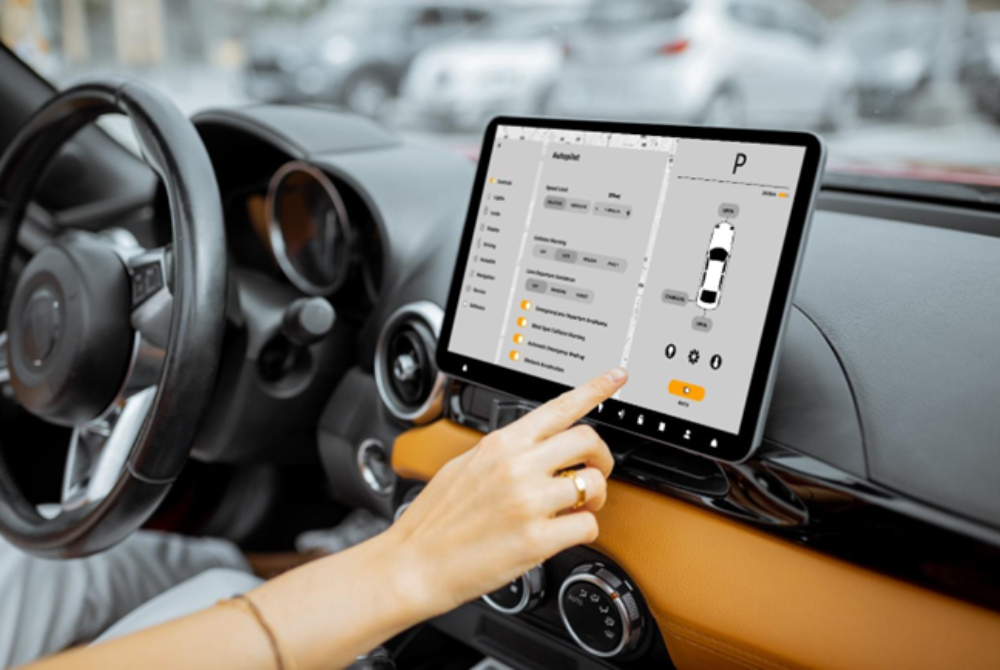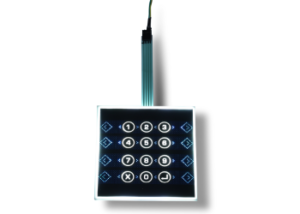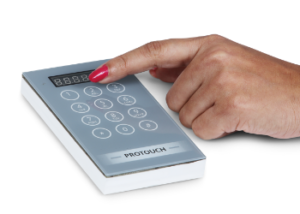Touch Switches are a common sight as they can be seen virtually everywhere and in appliances. They serve as a pillar for controlling electronic devices, and manipulating a device might pose difficulty when they develop a fault. It can be likened to the human body in its function and work.
The human body has five sense components for communicating with our immediate environment. Machines additionally need detecting components to cooperate with their environmental factors. To make this conceivable switch was developed. The development of the first synthetic switch, the indoor regulator, can be traced to 1883. While infrared sensors were presented in the 40’s.
Today we have sensors that can detect movement, light, moistness, temperature, smoke, etc. Thus, we have simple and advanced types of switches that can be used today for functionality. However, Switches have been modified a bit as they now come in different forms, costs, and sizes. One such sensor which can recognize contact is the Touch switch.
What is a Touch Sensor?
Contact Sensors are electronic sensors that can identify a contact. They work as a switch when contacted. These sensors are utilized in lights, contact screens of various appliances, among others. Contact sensors offer a natural UI.
Touch Sensor Switch is otherwise called Material sensors. These are easy to configure, have minimal expense, and are created in huge scope. With the development in innovation, these sensors quickly supplant mechanical switches.
In light of their capabilities, there are two touch sensors: Capacitive and Resistive.
Capacitive sensors work by estimating the capacitors and are found in versatile gadgets. These are tough and alluring with minimal expense.
Resistive sensors rely upon no electrical properties for activity. Instead, these sensors work by estimating the tension applied to their surface.
How does a touch switch work?
Contact sensors work like a switch. They initiate and go about as a shunt switch when exposed to contact, tension, or power. When the strain or contact is removed, they become an open switch.
The capacitive touch sensor contains two equal guides with a cover between them which serves as a lever and, when touched, contracts and expands on one part. These guide plates go about as a capacitor with esteem C0.
When these guide plates interact with our fingers, our finger goes about as a conductive item. Because of this, there will be an unsure expansion in the capacitance.
A capacitance estimating circuit persistently gauges the capacitance C0 of the sensor. At the point when this circuit distinguishes an adjustment of capacitance, it produces a sign.
The resistive touch sensors ascertain the tension applied on a superficial level to detect the touch. These sensors contain two conductive movies covered with indium tin oxide, a decent power conduit isolated by a small distance.
Across the outer layer of the movies, a consistent voltage is applied. At the point when strain is applied to the top film, it contacts the base film. This produces a voltage drop identified by a regulator circuit, and a sign is created, subsequently recognizing the touch.
Electronic Appliances
Capacitor sensors are effectively accessible and are of extremely minimal expense. These sensors are mostly used in cell phones, iPods, auto, little home machines, and so on. These are likewise utilized for estimating pressure, distance, and so on. A disadvantage of these sensors is that they can give deception.
Resistive touch sensors possibly work when a good strain is applied. Subsequently, these sensors are not valuable for identifying little contact or strain. These are utilized in applications, for example, instruments, keypads, contact cushions, and so on, where a lot of tension is applied.
Models
A portion of the instances of touch sensors accessible in the market is TTP22301, TTP229, and so on.
So, having gone through the above writeup, what sensor do you consider helpful? You should have answers to this already with the help of this blog post, and I believe you would be able to know the difference and make a choice.
We at Protolab provide different types of customised switch solutions per your Industry requirements. Get in touch today!




Excellent blog post. I definitely appreciate this website. Continue the good work!
A round of applause for your article post.Really looking forward to read more. Really Great.
I have been surfing online more than 3 hours today yet I never found any interesting article like yours It is pretty worth enough for me In my opinion if all web owners and bloggers made good content as you did the web will be much more useful than ever before
I just could not leave your web site before suggesting that I really enjoyed the standard information a person supply to your visitors Is gonna be again steadily in order to check up on new posts
Fantastic site Lots of helpful information here I am sending it to some friends ans additionally sharing in delicious And of course thanks for your effort
Hello Neat post Theres an issue together with your site in internet explorer would check this IE still is the marketplace chief and a large element of other folks will leave out your magnificent writing due to this problem
Hi, great post There is a problem with your website on Internet Explorer. Despite being the most popular browser, many people will not be able to view your excellent work because of this issue.
It was impossible for me to leave your website without expressing my gratitude for the excellent knowledge you give your visitors. Without a doubt, I’ll be checking back frequently to see what updates you’ve made.
I do believe all the ideas youve presented for your post They are really convincing and will certainly work Nonetheless the posts are too short for novices May just you please lengthen them a little from subsequent time Thanks for the post
Hello Neat post Theres an issue together with your site in internet explorer would check this IE still is the marketplace chief and a large element of other folks will leave out your magnificent writing due to this problem
I appreciate your insightful post. It was actually pretty fun. You seem to have reached a far more agreeable level now. But how can we continue to communicate?
This webpage is incredible. The splendid substance displays the essayist’s dedication. I’m overwhelmed and envision additional such extraordinary entries.